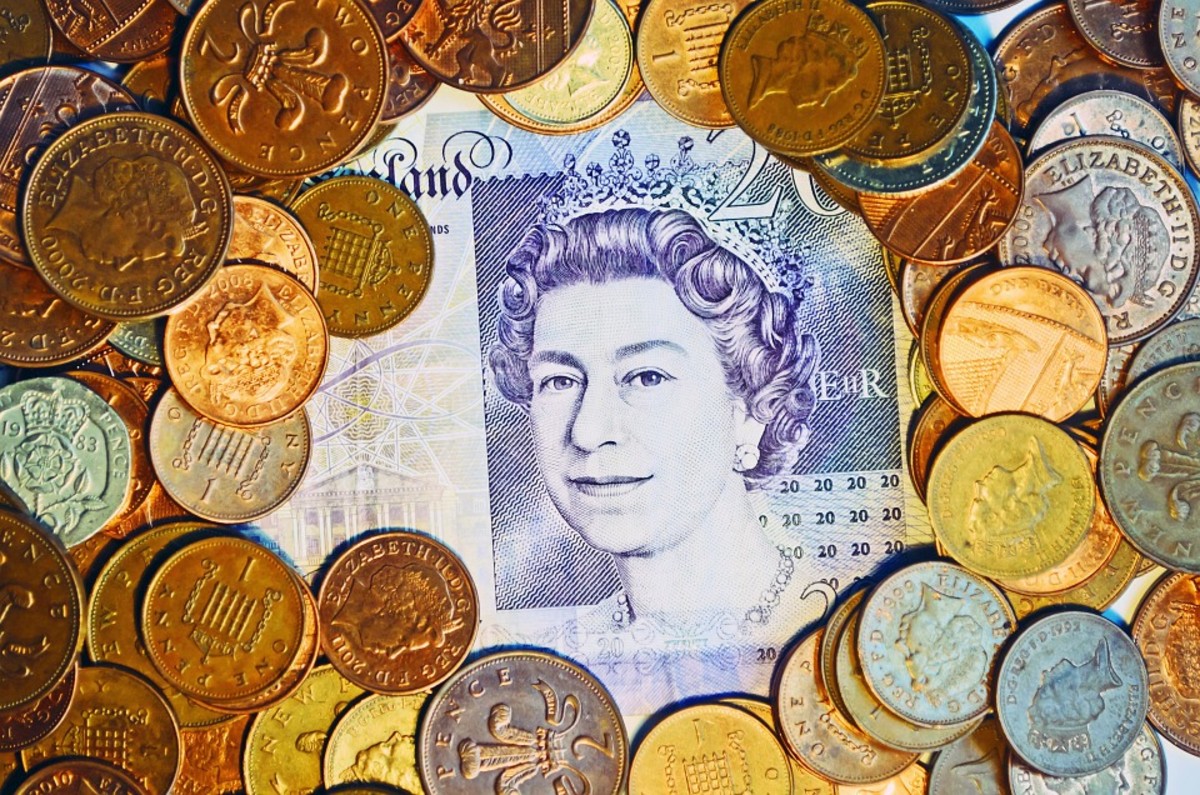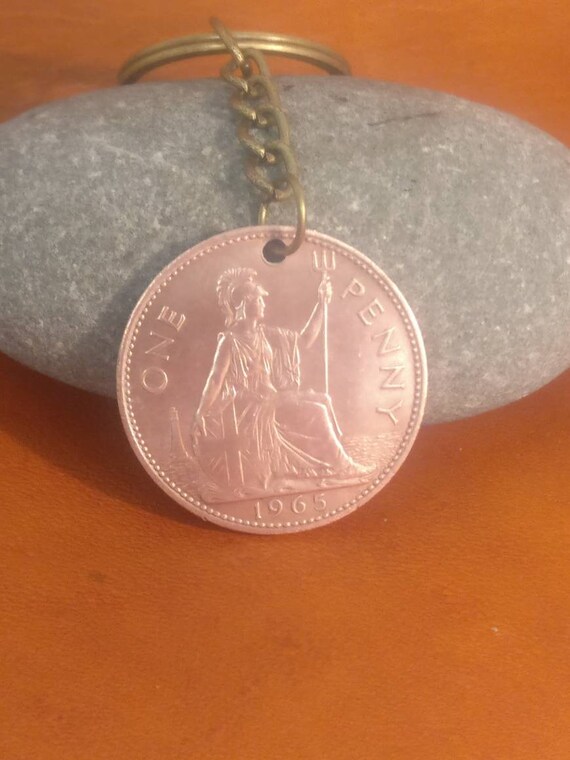
UK and British coin values index UK coin values - 1801 to 1967 UK penny coin values - 1801 to 1967 Further detail All Coin Values directory AllCoinValues.com on Facebook. What is a King George V penny from the UK worth? Values, images, and specifications for King George V era penny coins from. UK & British Coin Index. UK - 1801 to 1967. George V became King after the death. Of his father, King Edward VII, in 1910. By 1922 Ireland had divided. The British decimal one penny (1p) coin is a unit of currency equalling one-hundredth of a pound sterling.Its obverse has featured the profile of Queen Elizabeth II since the coin's introduction on 15 February 1971, the day British currency was decimalised. Copper & Bronze values extracted from Coin News March 2019 The lack of a value for a grade means either that the coin is rarely found in that grade or that its value is less than £1. Pennies dated 1962 to 1967 are very common, and particularly so dated 1967. Pence Sterling is the currency in United Kingdom (England, Great Britain, Northern Ireland, Scotland, Wales, UK, GB, GBR).
- 1p and 2p (copper)
- 5p, 10p, 20p and 50p (silver)
- £ 1 (gold)
- £ 2 (gold and silver)
All our coins bear HM The Queen's head on one side.
Portraits of kings and queens have been engraved on our coins for hundreds of years. On the edge of our coins, the letters D.G.REG.F.D. always appear after the Queen's name. The letters stand for the Latin words Dei Gratia Regina Fidei Defensor, which means 'By the Grace of God, Queen, Defender of the Faith'. text taken from and copyright of projcetbritain.com
A portcullis is grating of iron or wooden bars or slats, suspended in the gateway of a fortified place and lowered to block passage.
| 1p A penny
It pictures the portcullis of Westminster Palace. 1 penny is often pronounced 'one pee'. Issue Date
15 February 1971 |
| 2p A two-pence piece can be referred to as tuppence or a tupenny.
It pictures the Prince of Wales feathers. 2 pence is often pronounced 'two pee' Issue Date
15 February 1971 |
5p This coin shows the symbol of Scotland, the thistle.
On top of the thistle you can see the British crown. 5 pence is often pronounced 'five pee' Issue Date
Current and smaller version - June 1990
(Larger version introduced 1968, demonetised 1990) |
10p The 10 pence coin (about the size of a US Quarter) shows a lion.
For centuries the lion was a proud symbol of Britain's strength.
The lion is wearing the crown of the British Monarch. 10 pence is often pronounced 'ten pee' Issue date
Current and smaller version - September 1992
(Larger version introduced in 1968, demonetised in 1993) |
20p The 20 pence coin shows the Tudor Rose.
A rose is the national flower of England.
On top you can see the British crown. 20 pence is often pronounced 'twenty pee' Issue date
9 June 1982 |
50p The 50 pence coin shows the picture of Britannia and a lion.
Both are symbols of Britain. 50 pence is often pronounced 'fifty pee' Issue date
Current and smaller version introduced September 1997
(Larger version introduced October 1969, demonetised in 1998) |
£1 (1 pound) There are many different pictures on the £1 coin to reflect the different countries of Britain: lions for England, a thistle for Scotland and a leek for Wales. The coin on the left shows the three lions of England. The slang term for pound is quid. Issue date
21 April 1983 |
£2 (2 pounds) The design of the 2 pound coin represents technological development.
The edge lettering features the quote 'Standing on the Shoulders of Giants' by Sir Isaac Newton, First Issued Date
15 June 1998 |
|

© Copyright - please read
All the materials on these pages are free for homework and classroom use only. You may not redistribute, sell or place the content of this page on any other website or blog without written permission from the Mandy Barrow.
www.mandybarrow.com
|

Old British Pennies
© Copyright Mandy Barrow 2013
British One Penny Coin

British Penny Vs Pence
Mandy is the creator of the Woodlands Resources section of the Woodlands Junior website.
The two websites projectbritain.com and primaryhomeworkhelp.co.uk are the new homes for the Woodlands Resources.
Mandy left Woodlands in 2003 to work in Kent schools as an ICT Consulatant.
She now teaches computers at The Granville School and St. John's Primary School in Sevenoaks Kent.



